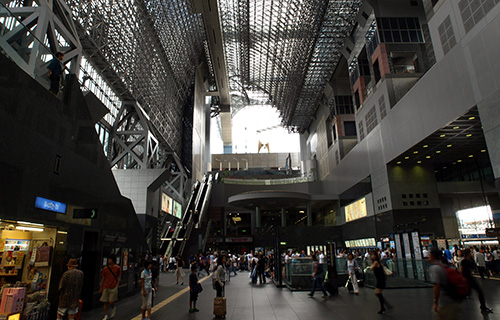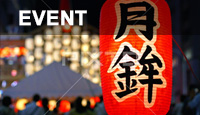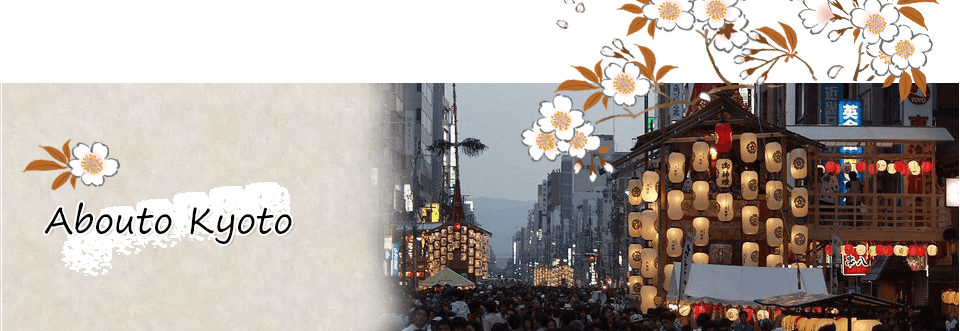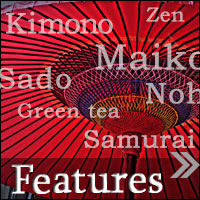Top > About Kyoto > History
History
The origin of Kyoto
In East Asia, a “Kyo” character was used as a common noun which means historically "the capital where emperor lives". And the word “to” means a “Metropolis”.
It was called as “Kyo To” at the beginning, but with the time, the name changed into “Kyoto” during the Heian period
The beginning of Kyoto
Kyoto starts in 794 AD, the emperor at that time have moved the capital to Kyoto.
The new capital named as “Heian Kyo”, and after that Kyoto was continued being capital in Japan more than 1000 years.
Graceful aristocratic culture was born during the Heian period, and culturesuch as fine arts, literature, and construction, etc. Almost all Japanese culture what we say are based on these culture.
The building (mainly temples and shrines) and culture which have high technology and art, were established.
After the passes time, even shogunate moving politics to Edo (today’s Tokyo), there was no change in Kyoto being capital where lives emperor.
AndAfter that Kyoto was still developing own culture. The most famous one is gastronomic culture. Even now, we can enjoy / feeling season by visually and with its taste, etc. And Kyoto’s original style were mimicked in many other places.

Present Kyoto
Present Kyoto is a city of fusion of new and tradition. It goes not only across a historical thing but across construction, fine arts, a culture, etc.
We hope Kyoto can be sent more attraction as the young people of other prefectures live for famous universities, at the same time tourist resort for worldwide visitors.


The most famous Events!
Please, look at before your travel and planning
- January
- Fude Hajime [2nd-4th]Kitano-tenmangu
- Kemari Hajime [3rd] Shimogamo shrine
- Toshi-ya [15th] Sanju-sangen-do
- February
- Setsubun [2nd-25th] Mibu temple
- Baika Festival [25th] Kitano-tenmangu
- March
- Nagashi Bina [3rd] Shimogamo Shrine
- April
- Miyayo Odori [1st] Gion-kobu-kaburenjo
- Mibu Kyogen [21st-29th] Mibu temple
- May
- Aoi Festival [1st] Kamigamo shrine, Shimogamo shrine
- June
- Kibune Festival [1st] Kibune shrine
- July
- Gion Festival [7th] on the corner of Shijo st. and Karasuma st.
- August
- Daimonji Gozan Okuribi [16th]
- September
- Seimei shrine Reisai [Autumnal Equinox Day] Seimei shrine
- October
- Mibu Kyogen [include the 2nd Mon., for 3days] Mibu temple
- Era Festival [22nd] Heian Jingu
- November
- hitakisa [8th] Fushimi Inari Taisha
- December
- Joya-no Kane [31st] Kurama temple, etc.



